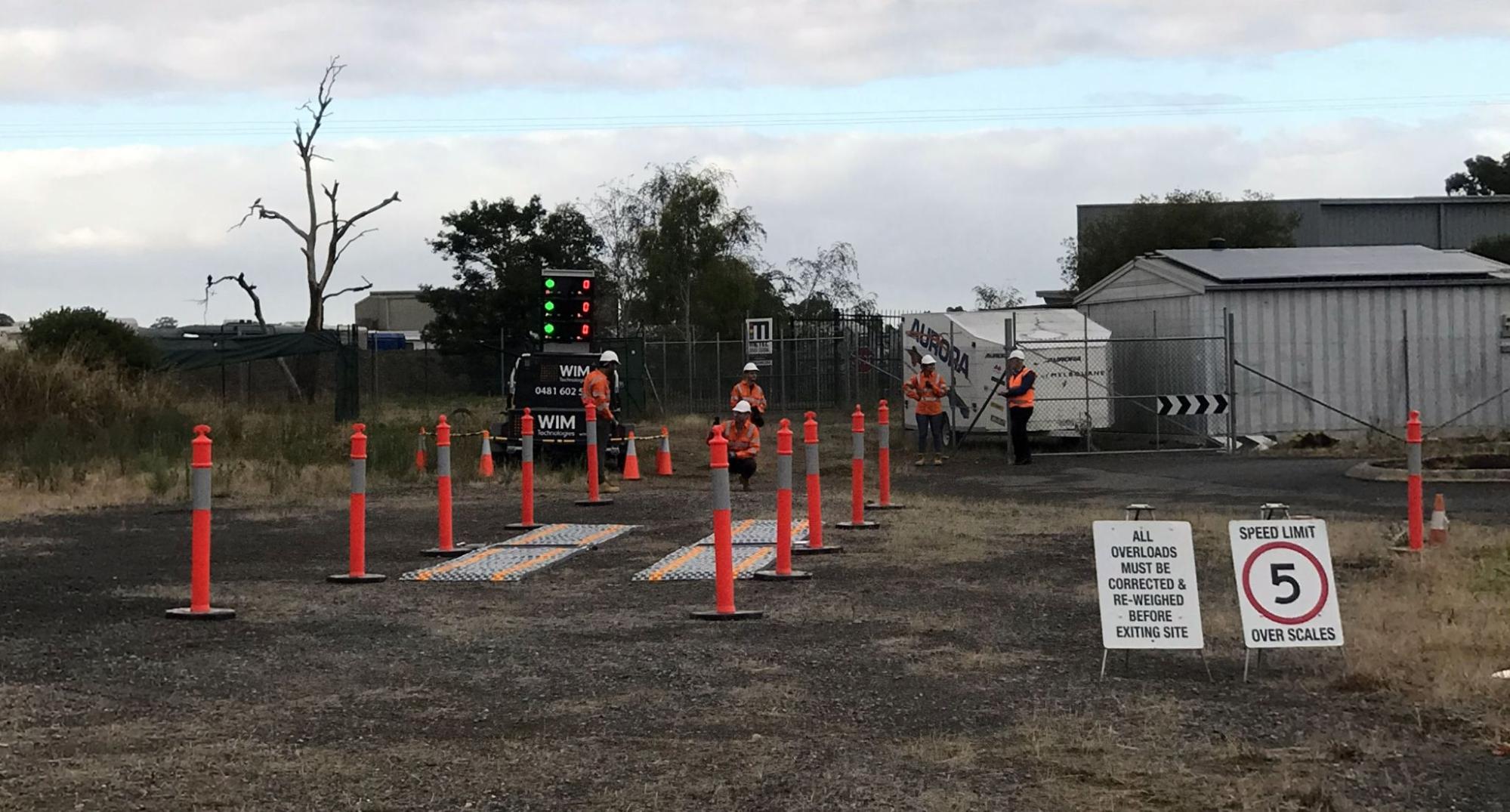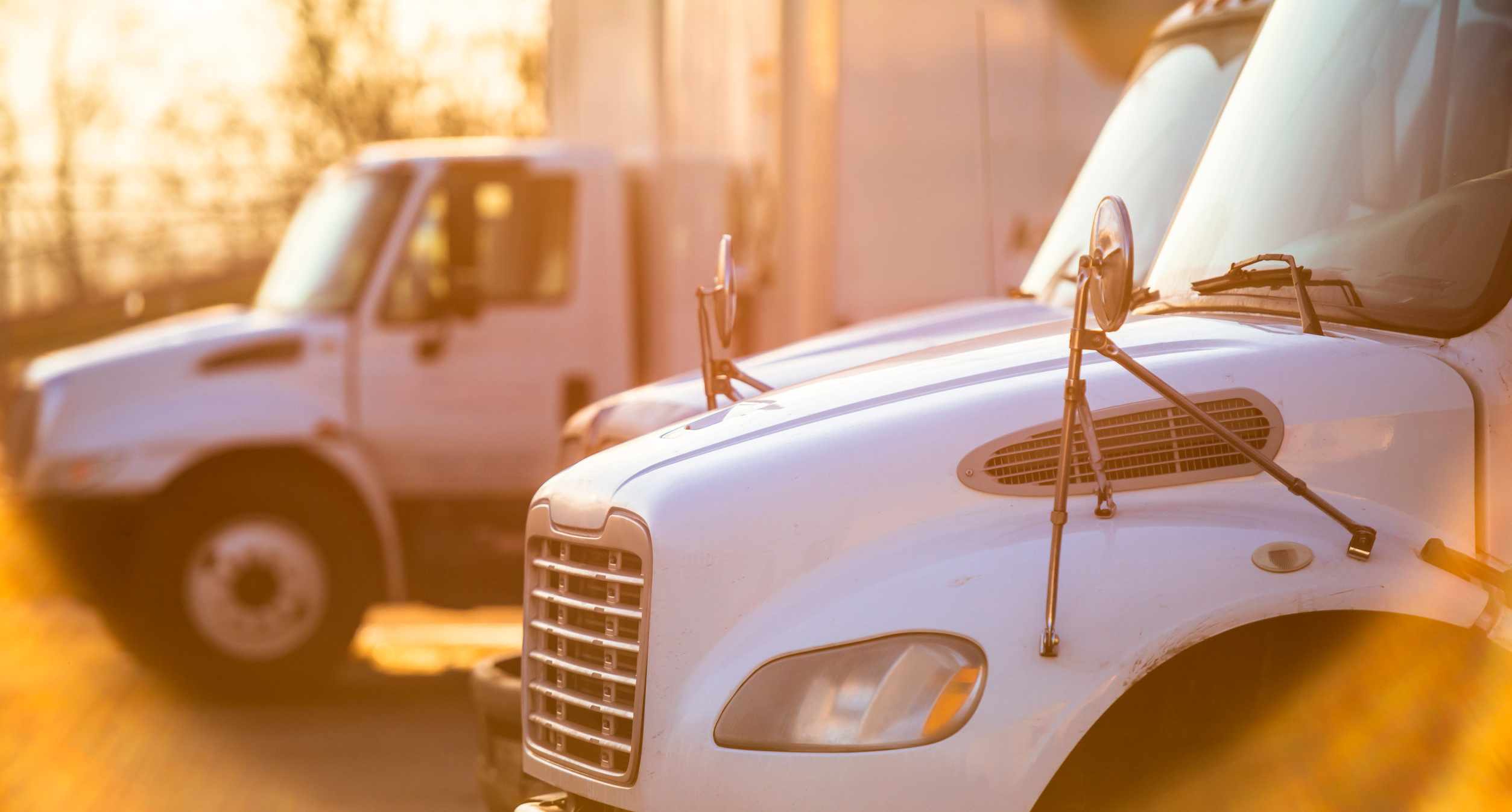
What does heavy vehicle safety mean?
The Chain of Responsibility (CoR) law set out by the National Heavy Vehicle Regulator (NHVR) ensures everyone who works with heavy vehicles – from the business that employs a driver to the place where goods are delivered – is accountable for safety.
But, what does “safety” actually mean? It’s often assumed safety refers to protecting drivers and road users, but there’s a lot more to it. By definition, safety means eliminating public risk in relation to:
- the safety of drivers and passengers in heavy vehicles,
- the safety of other road users and people near roads,
- the protection of property including vehicles and loads,
- the protection of road infrastructure and
- prevention of harm to the environment.
How is safety managed by all parties in the CoR? The Heavy Vehicle National Law (HVNL) has detailed requirements about maintaining heavy vehicle safety. Some of the most critical safety issues include managing driver fatigue, complying with mass and dimension limits, safely restraining loads and maintaining safe vehicles. By having systems in place to ensure these requirements are being met, your business will be well on the way to compliance with the NHVL.
There are a number of other safety issues that aren’t covered by specific regulations in the HVNL but should also be considered. These include:
- inadequate training or competence
- driver distraction
- failing to drive to conditions
- traffic congestion outside loading premises
- controlling vehicle emissions
- driver physical and mental health
- the use of alcohol and other drugs
- effluent management
- spreading diseases borne by livestock.
WIM Tech helps ensure businesses keep on top of their safety requirements through our innovative vehicle weighing technology. Vehicles exceeding weight limits are easily identified and load corrected before they hit the road.
To find out more about the NHVL requirements, visit https://www.nhvr.gov.au/safety-accreditation-compliance

